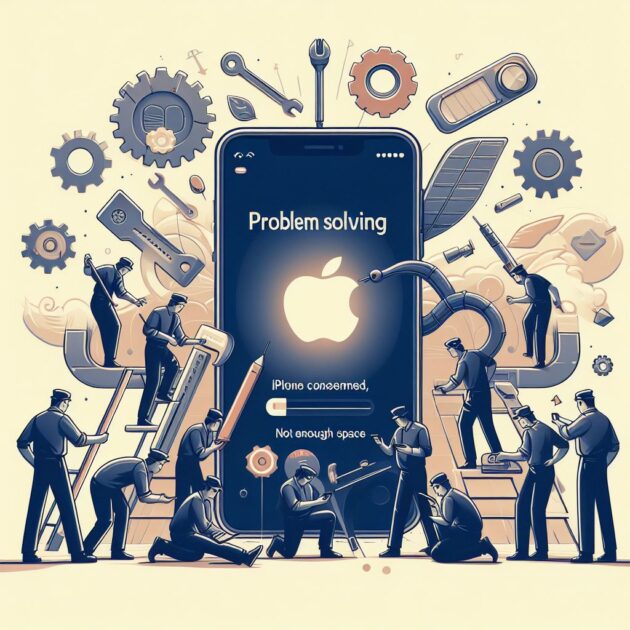The worst thing that can happen to you when you are out in the middle of nowhere is your smartphone battery dying out. That is the last thing you want to happen to you. And many of the times, you had left your home with a full charge on the phone.
But, still you become helpless in such a situation and some even start to panic.
Like any other electronic device, a smartphone battery gets worse with time. It degrades even faster when under high voltages for a longer time, which is, generally, the result of ‘fast-chargers’. The chemicals tend to decompose under very high or even very low voltages.
No matter how big of a battery our smartphone has, we still want it to last a little longer. So, here we are, providing with some tips which would help your smartphone battery last longer than what it does right now.
“To save battery, the first thing is to charge the phone to a 100% (obviously). Do this over the night, while you’re asleep. It is a myth that you should not be doing this. The phones of today are smart enough to not let in power when it’s already full. Once the battery gets fully charged, the connection is automatically cut. So, it is not even going to increase your electricity bill. But for overnight charging, we would suggest you use a relatively slow charger. This will go easy on your battery’s health.”
Now, we shall look at the tips TO MAKE YOUR SMARTPHONE BATTERY LAST LONGER
-
Brightness optimization (Manual)
The screens of your smartphones consume the most part of your battery backup. Be it an LCD or an OLED display, the brighter the screen is, the more battery will it consume. So, adjust the brightness of your screen manually to a minimum, as required for the intensity of light around you. A very bright display around a relatively darker light is also bad for your eyes. And auto-optimization consumes even more power as it uses the proximity sensors to detect the light intensity around the phone. And then, accordingly adjusts the brightness of the screen. Hence, develop a habit of adjusting the brightness manually to a minimum required in the situation.
-
Short screen time-out duration
Screen time-out duration decides after how many seconds/minutes of idleness the screen would turn off on its own. Keeping this duration to 15 or 20 or even 30 seconds will not keep the display on for long and hence consume power when you forget or miss pressing the lock button.
-
Turning off all the automatic features
Phones, today, are smart and the companies try to fit as much “intelligent” features as they can, to make the user experience easy and fluid. But, that comes with a caveat. These smart features keep detecting actions that require their response, all the time. And that requires and consumes power from the batteries. So, turning off features like auto-rotation, auto-brightness, Wi-Fi, Bluetooth, ‘OK Google’ detection from any screen, all the features working on mere gestures, or even the unlocking methods like fingerprint/face/iris scanning can save some juice. Turn them on manually only when you need and turn off right after.
-
Battery-savers
Smartphones these days, generally, have some kind of battery-saver pre-installed. Some even save battery in different modes, as per what your situation requires at the time. Use these apps to start doing all that’s mentioned above, in one click. Battery savers will also cut the animation scale to a minimum, hence, adding to the total power saved. But, try not to use third-party apps for this purpose. Use the one installed within the system.
-
Turning off vibration
To vibrate our phone, there are actual physical motors and vibrators inside the phone that vibrate with high intensity to vibrate the entire phone. This motor and the vibrator, obviously, consume a lot of power to work. So, disabling the vibration effect from the phone would again save a lot of power on the battery.
-
Disabling unnecessary LED notifications
The LED light that turns on for various notifications and alerts also consumes power from the battery. So, use it only where it is necessary. Disable it for individual apps. This can be done from the settings of individual apps or directly from the system settings. Different phones of different brands and different apps have varied options to do the same. You can save furthermore power when you do this.
-
Location services and GPS
Put the ‘location services and GPS’ on battery-saving mode, in the system settings when the high-accuracy mode is not really required. These services consume quite a lot of battery power. So, optimize them only according to your needs, if you want your battery to last longer.
-
Kill background apps
Many times, a smartphone keeps your apps and its data stored temporarily, in the RAM, so that you can resume that app right from where you left it the last time you used it. This is also what speeds up the loading of apps. And the RAM is cleaned up after some time to let later-used apps get stored in the memory. So, RAM plays a major role in smartphones’ performance. The more the RAM, the earlier used app can you resume from where it was left? And hence, the RAM consumes quite a lot of power too. So, to reduce this consumption of power, kill the apps right after you come out of it. This would save a lot of battery power.
So, if you’re able to manage/apply all of the above-mentioned tips, you will see significant growth in the battery life of your smartphones. But, even if you don’t, you must go for a phone check-up to see if the software (operating system) and the hardware are in standard working condition.











